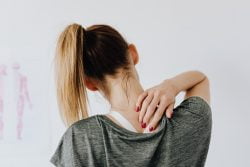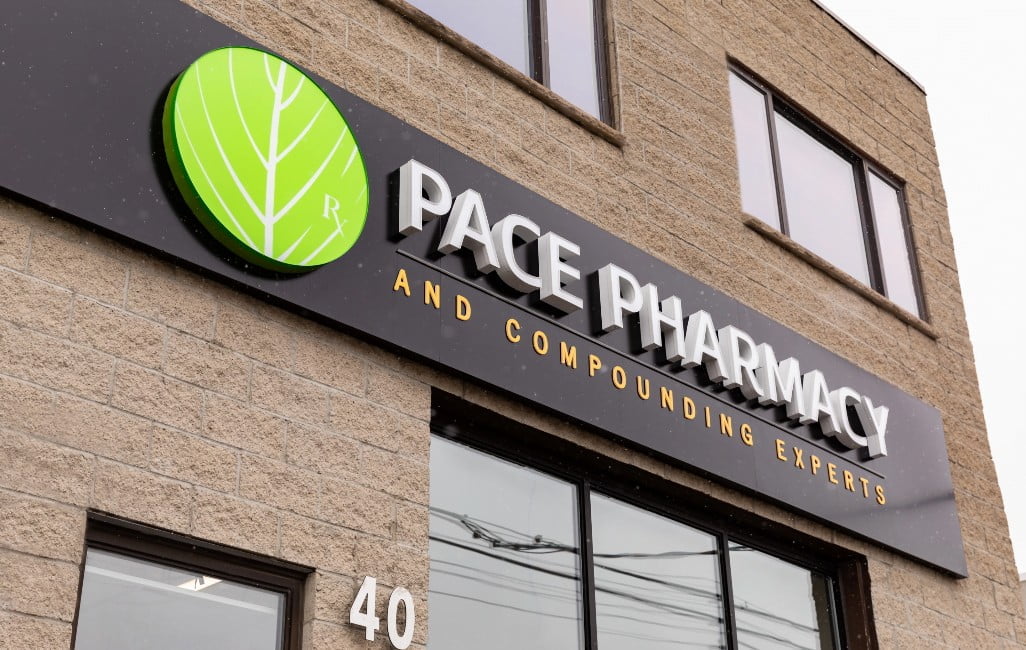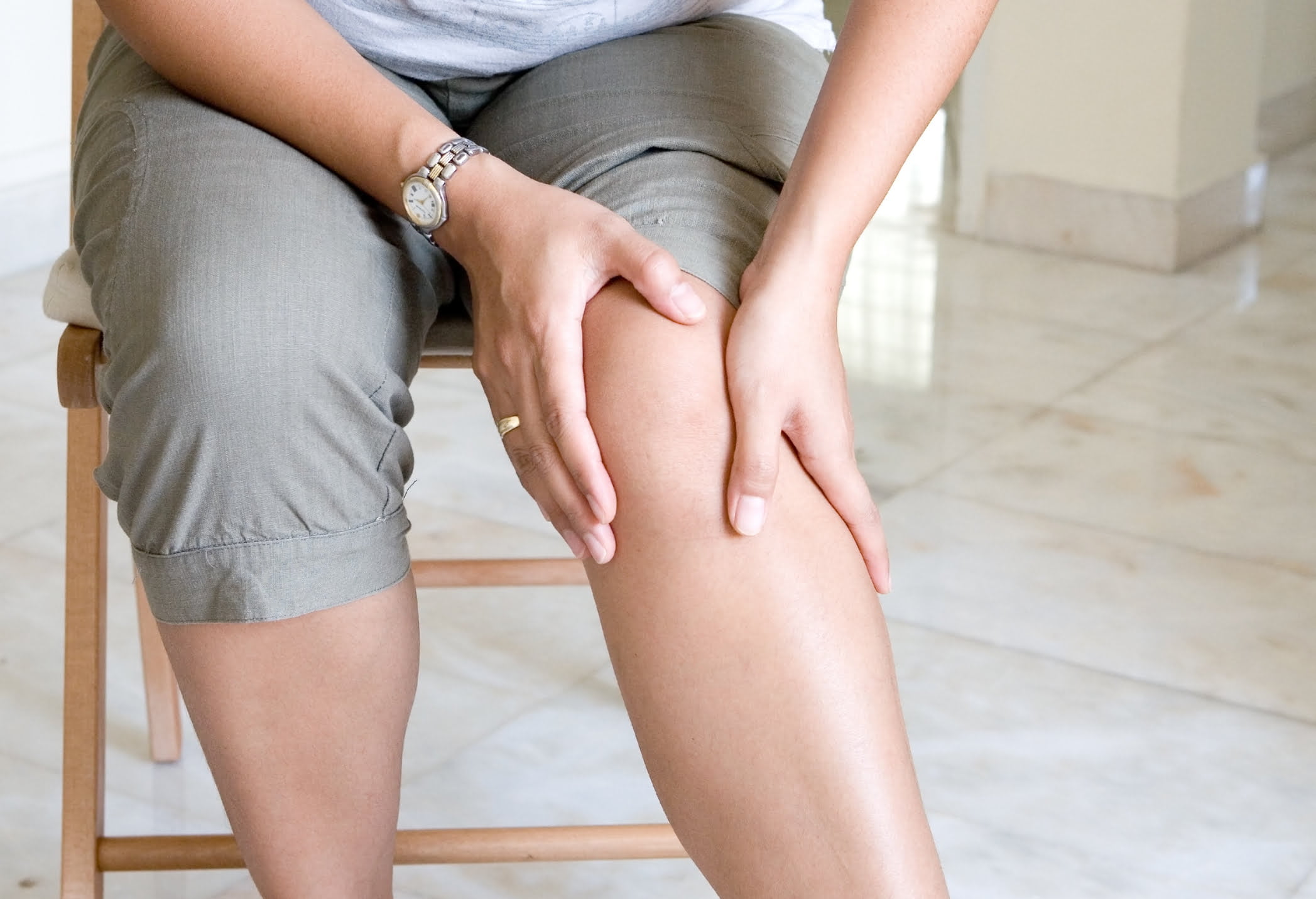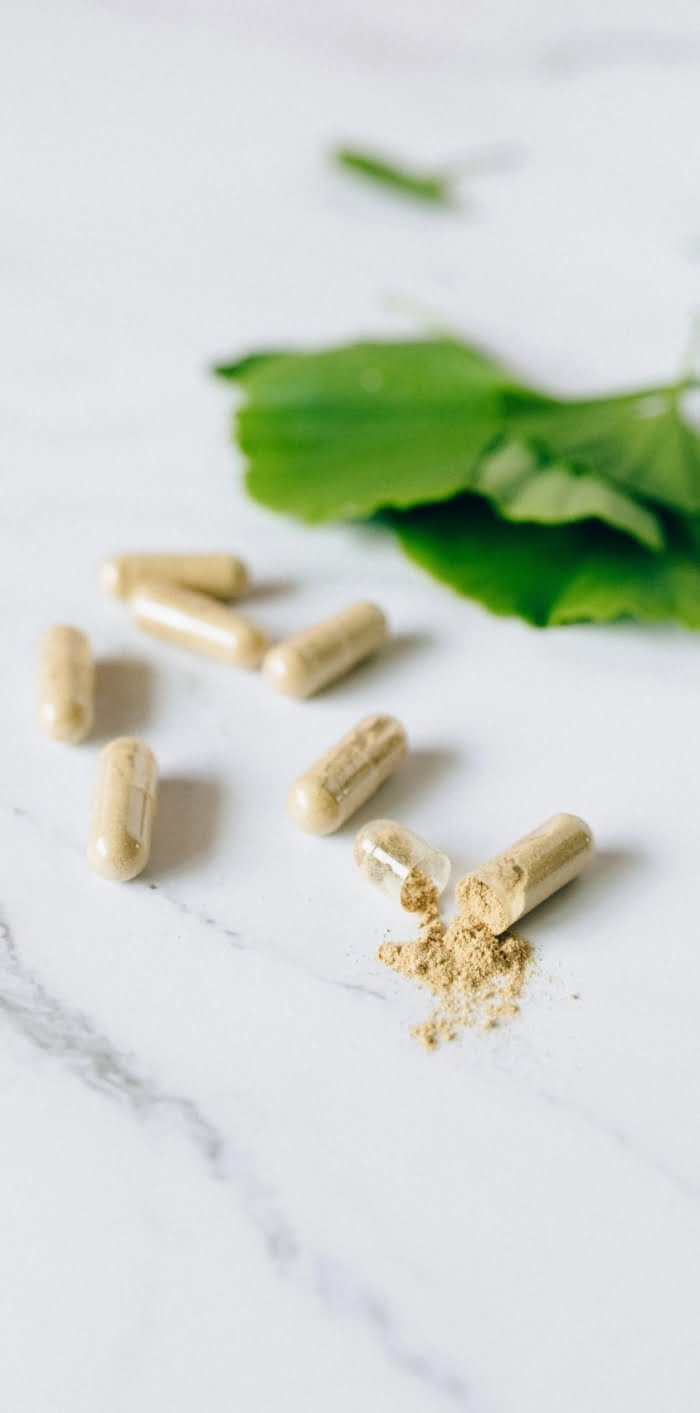
Topical Anesthetics
This study suggests that due to its prompt analgesia, lack of systemic side effects, and convenience, xylocaine pump spray provides a significant improvement in posttraumatic peripheral neuropathy.
Anesth Analg. 2009 Mar;108(3):987-91.
The analgesic effect of a metered-dose 8% lidocaine pump spray in posttraumatic peripheral neuropathy: a pilot study.
A double-blind placebo-controlled crossover trial showed that in patients with Complex Regional Pain Syndrome (CRPS; also known as Reflex Sympathetic Dystrophy), topical application of ketamine 10% cream caused a reduction in allodynia, a most unpleasant aspect of this condition. This study shows promise for the use of topical ketamine as opposed to parenteral and oral forms which often result in undesirable side effects. Pain. 2009 Nov;146(1-2):18-25.
Read NowReduction of allodynia in patients with complex regional pain syndrome: A double-blind placebo-controlled trial of topical ketamine.
“Lidocaine lollipop is a promising form of local oropharyngeal anesthesia for EGD. Its use resulted in sparing the use of intravenous sedation. It is well tolerated and safe and may be particularly important in the elderly, patients with comorbidities, and office-based endoscopy. “ Gastrointest Endosc. 2007 Oct;66(4):786-93.
Read NowLidocaine lollipop as single-agent anesthesia in upper GI endoscopy.
Topical piroxicam 0.5% gel was associated with fewer inflammatory side effects than was EMLA cream, because of its anti-inflammatory effect after the procedure. Lasers Med Sci. 2008 Aug 21. [Epub ahead of print]
Read NowA clinical comparison of topical piroxicam and EMLA cream for pain relief and inflammation in laser hair removal.
The aim of this study was to compare the efficacy of topical piroxicam and EMLA cream on pain control and subsequent inflammation in neodymium:yttrium-aluminum-garnet (Nd:YAG) 1,064 nm laser hair removal in female volunteers. This study showed that topical piroxicam and EMLA provided adequate and similar pain relief after Nd:YAG 1,064 nm laser hair removal in female volunteers. Topical piroxicam was associated with fewer inflammatory side effects than was EMLA cream, because of its anti-inflammatory effect after the procedure. Lasers Med Sci . 2009 Jul;24(4):535-8.
Read NowLidocaine adrenaline tetracaine gel versus tetracaine adrenaline cocaine gel for topical anesthesia in linear scalp and facial lacerations in children aged 5 to 17 years.
The following article reported that a triple-anesthetic gel containing benzocaine, lidocaine, and tetracaine (“BLT”) applied prior to treatment with a 532-nm KTP laser resulted in significantly lower pain scores than with 3 other topical anesthetics at 15, 30, 45, and 60 minutes after application. Pediatrics . 1995 Feb;95(2):255-8.
Read Now
Topical Anesthetics FAQ For Pain Medication
What Are the Common Topical Anesthetics?
Topical anesthetics represent essential medications or substances designed to induce numbness when applied externally to the skin or mucous membranes. They play a vital role in medical and cosmetic procedures to alleviate pain and discomfort effectively. Below, we delve into some frequently encountered topical anesthetics:
- Lidocaine: Widely acknowledged as one of the most commonly used topical anesthetics, lidocaine is available in multiple formulations, including creams, gels, and patches. Its mechanism of action involves the blockade of nerve signals in the targeted area, affording temporary relief from pain and itching.
- Benzocaine: Often featured in over-the-counter creams, gels, and sprays designed for pain relief, benzocaine is a go-to choice for numbing the skin or mucous membranes. Its ubiquity is reflected in its inclusion in various products.
- Tetracaine: As a potent topical anesthetic, tetracaine enjoys widespread use in both medical and dental procedures. Renowned for its rapid onset of anesthesia, it is frequently employed in minor surgical and cosmetic procedures.
- Prilocaine: Prilocaine finds application as a topical anesthetic in diverse medical procedures, encompassing minor surgeries and dermatological interventions. Combining prilocaine with other medications is a common practice to extend its numbing effect, often seen in conjunction with lidocaine.
How Do Topical Anesthetics Work?
Topical anesthetics, often referred to as “numbing creams,” are externally applied substances that temporarily intercept nerve signals, preventing them from transmitting pain sensations to the brain. This localized numbness allows patients to undergo specific medical or cosmetic procedures without discomfort. Crucially, these anesthetics act solely in the area of application, sparing the rest of the body from their effects when used correctly. Healthcare professionals judiciously employ topical anesthetics in numerous medical and cosmetic scenarios to mitigate pain and discomfort. It is imperative to follow healthcare providers’ guidance to ensure both safety and efficacy. Overuse or improper use of topical anesthetics can result in adverse effects or complications. Moreover, healthcare practitioners consider factors like the patient’s age, medical history, and allergies when selecting the most suitable topical anesthetic for a given procedure.
Can I Fulfil My Anesthetic Prescription Online?
Prescriptions for anesthetics are processed in the same manner as other prescriptions. They can be submitted in person, faxed, or phoned into Pace Pharmacy for dispensing. Our proficient pharmacy team can even facilitate the delivery of your prescription if an in-person visit to Pace Pharmacy is not feasible.



